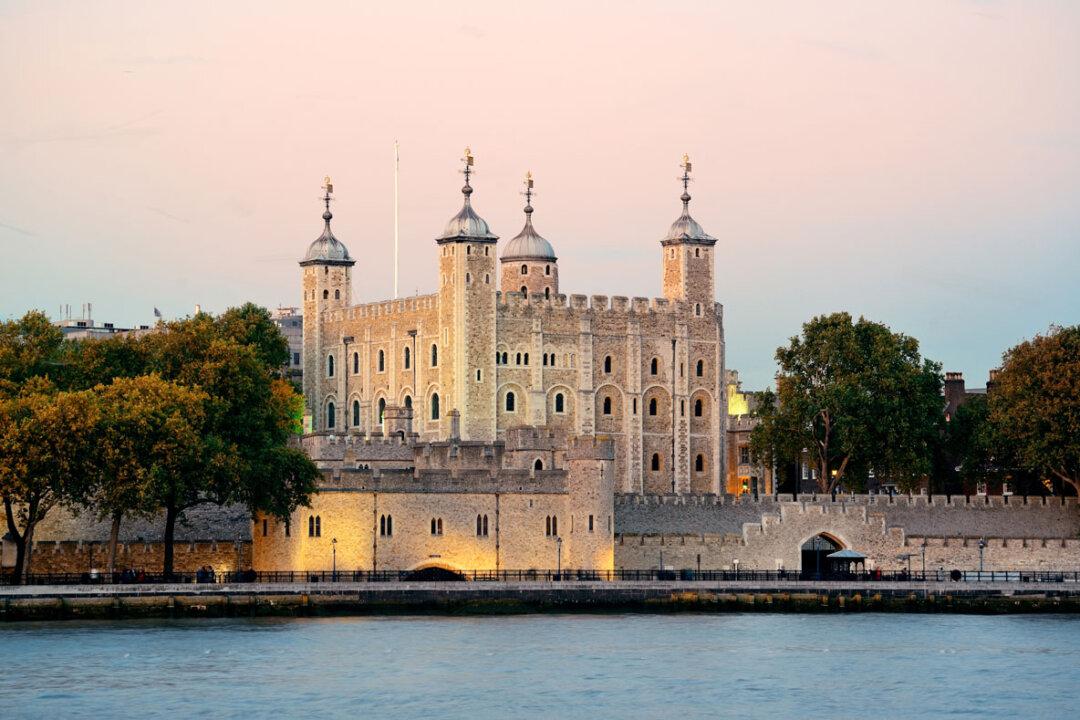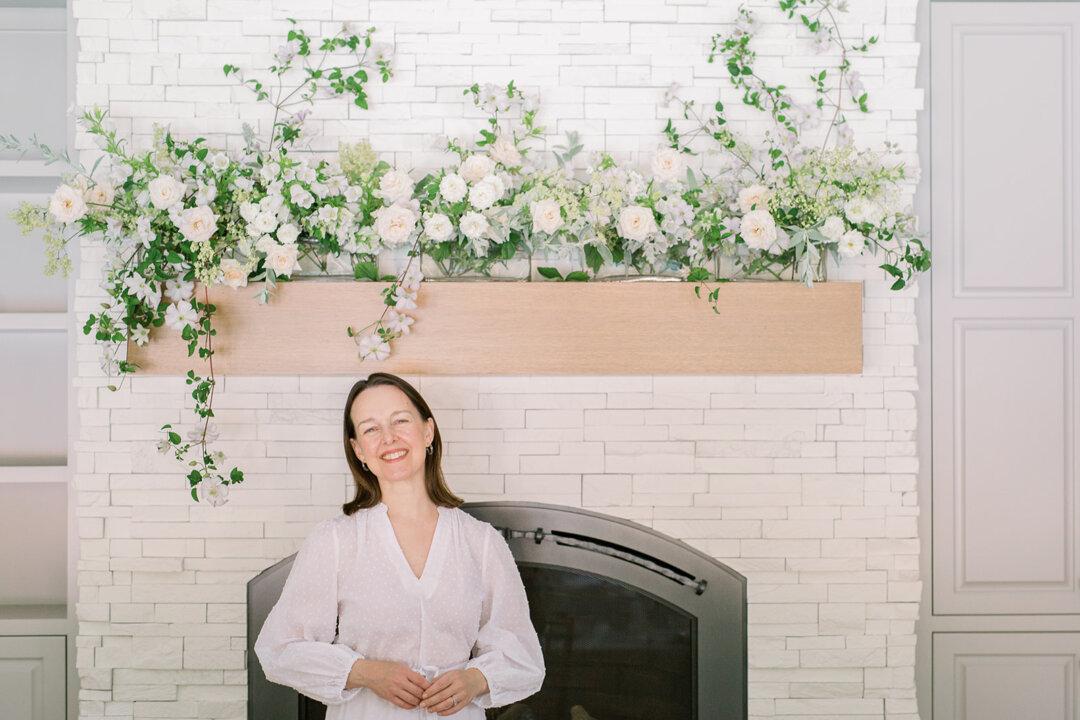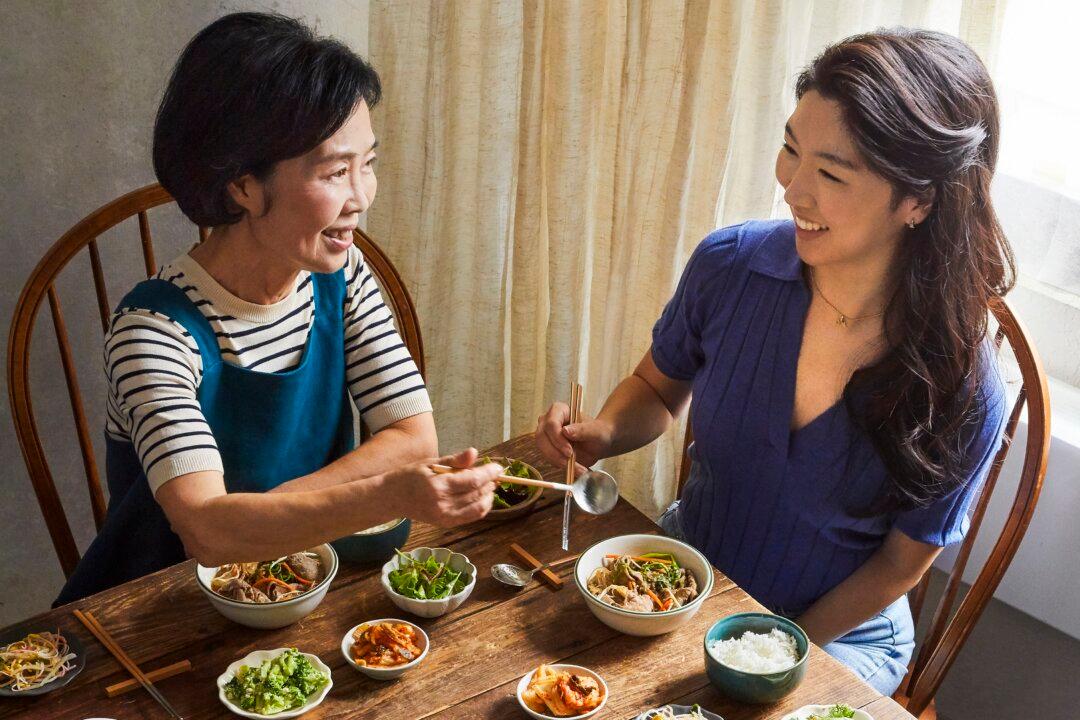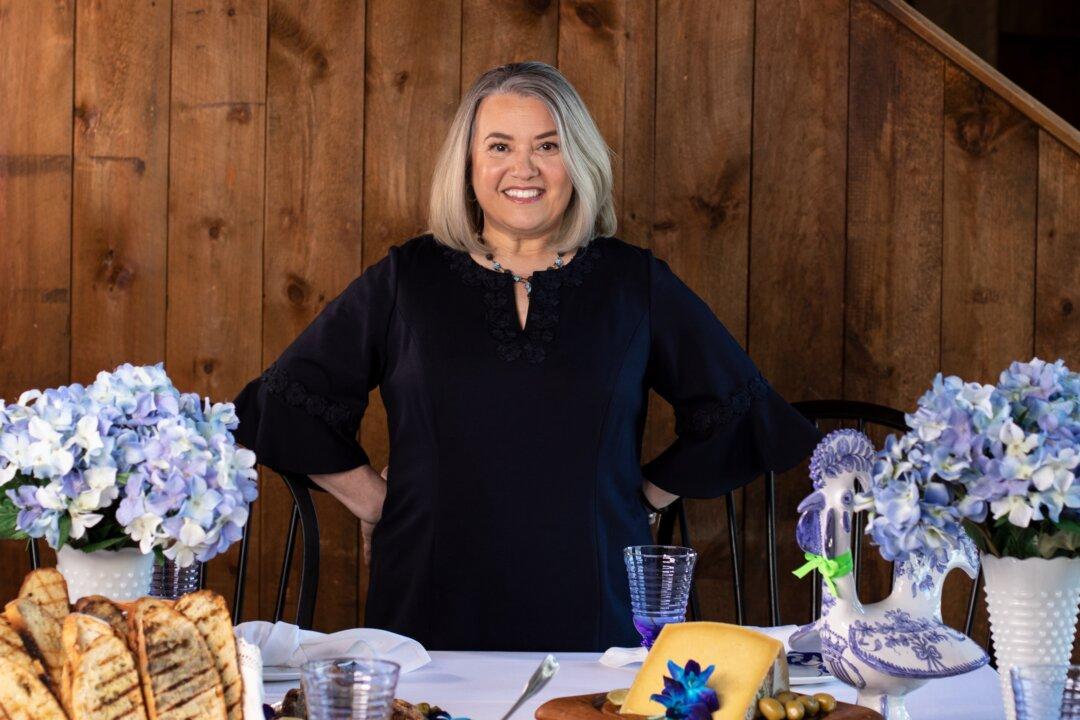My four-year-old daughter sits on a stool, looking impossibly small in the backdrop of the enormous fireplace. She turns a long spindle as two plucked chickens roast slowly over the flames. Looking up, she smiles at me hesitantly.
“Mind you don’t let that go idle,” says the cook, dressed in a white period piece with a black cap. “We’ve got 300 people dining here today.” He winks at her, and she grins before returning to her very important job.





